For $317 Million, all of Utah will Finally have Access to a Broadband Internet Connection ... Soon-ish
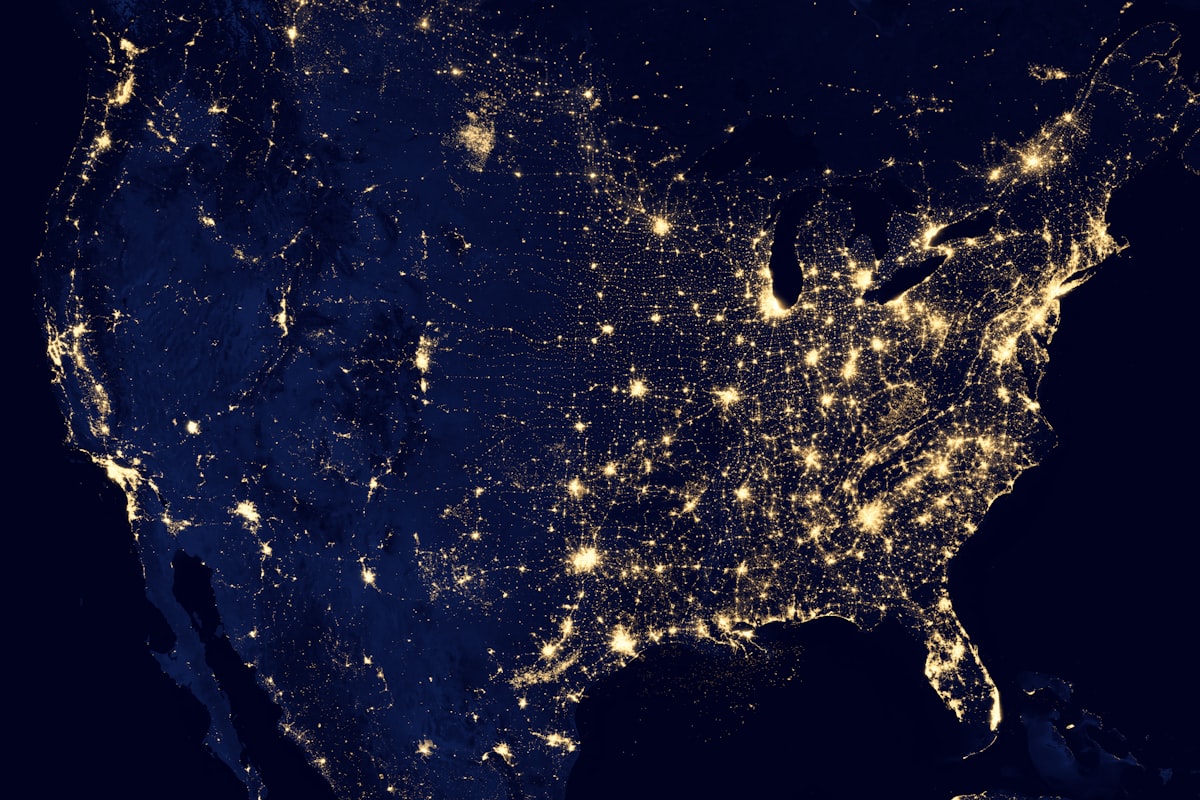
It's not cheap - nearly $4,600/Utah household - but with ~$42.5 billion in total funding, all Utahns and Americans are slated to have broadband availability sometime before 2028, courtesy of the Broadband Equity, Access, and Deployment (BEAD) program within the U.S. Department of Commerce
For most Utahns, it's hard to imagine a world without high-speed Internet connectivity.
And yet, according to data presented at the Internet for All: Broadband Confluence conference I attended in early June in Provo, roughly 4.4% of all households in Utah either
- Do NOT have broadband internet access - AT ALL, or
- They have limited access to broadband internet connectivity.
To be clear, given a population of ~3.3 million citizens, that means that roughly 145,000 Utahns are either unserved or underserved today when it comes to high-speed Internet access at home.
In some parts of the state, not only does this mean that over 10% of the population of Utah does not have an Internet connection, in Kane County (in the southeastern corner of the state), over 39% of the population does not have an Internet subscription. Period.
To me, this is mind-boggling! And yet, maybe not.
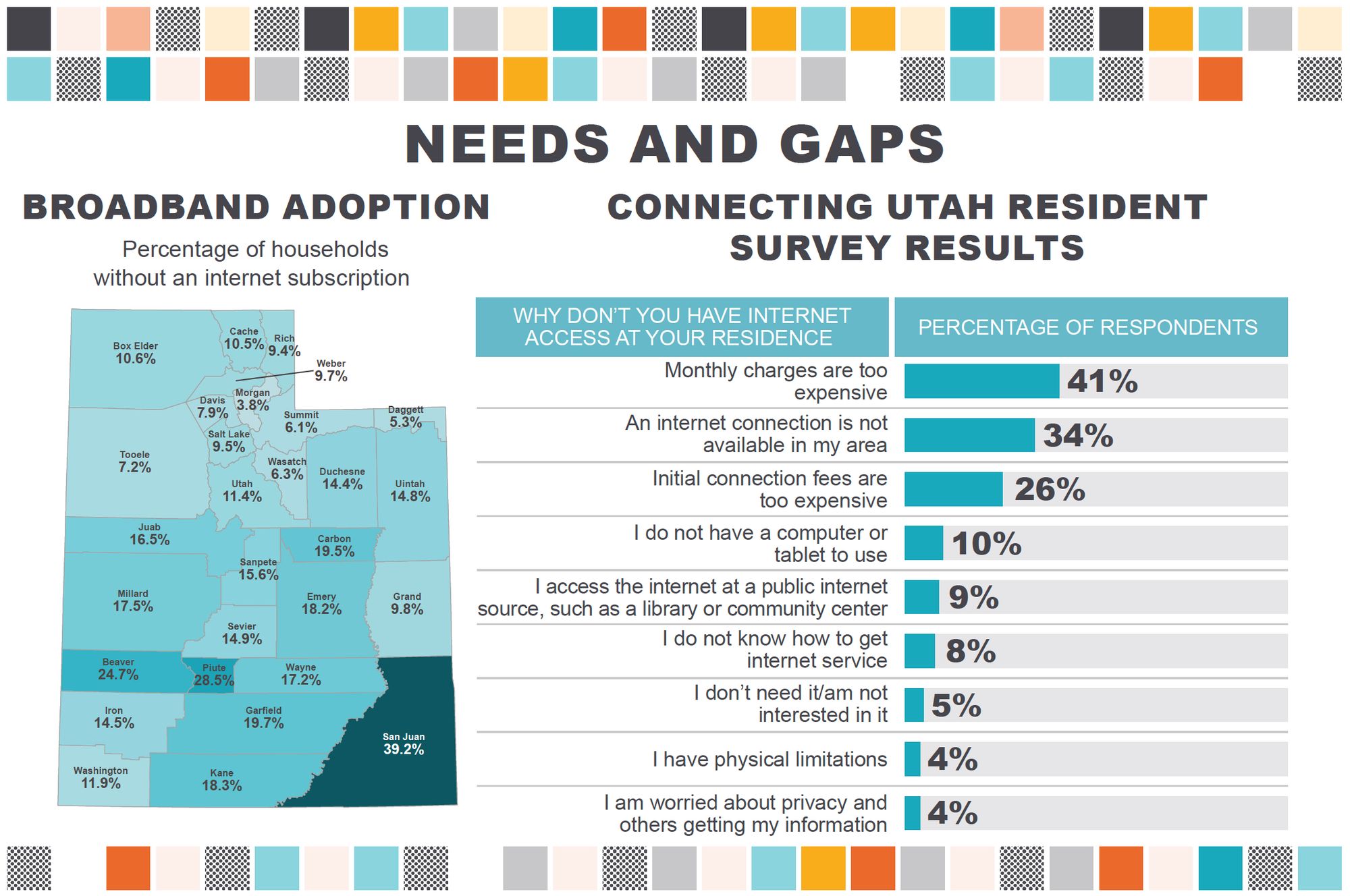
Which is why I tracked down Doug Kinkoph after his remarks to open the "Internet for All" event.
Kinkoph works for the U.S. Department of Commerce as the Associate Administrator of the Office of Internet Connectivity and Growth within the The National Telecommunications and Information Administration.
During his presentation Kinkoph explained that the federal government was weeks away from announcing the amounts each state, district, and territory would be awarded out of the $42.45 billion in funding available through the Broadband Equity, Access, and Development program (BEAD) to help deliver broadband connectivity nationwide to the unconnected.
And so I asked:
"Has broadband connectivity become a right in America?"
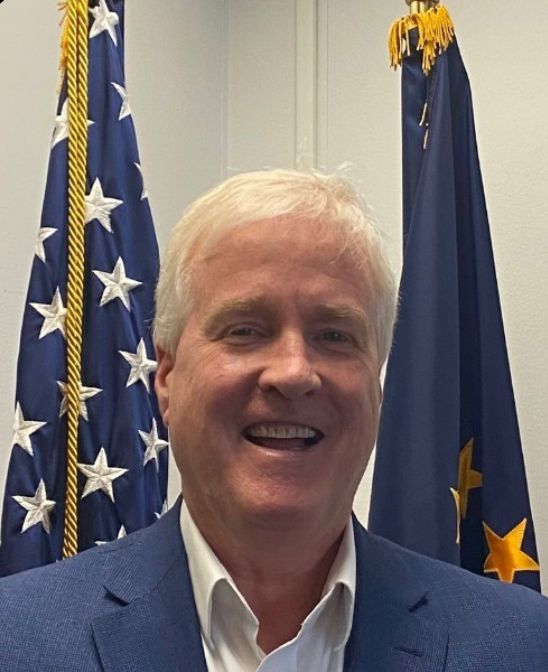
Clearly, Kinkoph was taken back, a bit, by the question.
But his reply also showed that he's a seasoned industry professional and political appointee:
"No, I wouldn't say (broadband connectivity) is a 'Right,' per se; but it's definitely become a necessity."
And to be honest, I think he gave the perfect response.
A Quick Overview of the Forthcoming Effort of over Four Years to Make High-Speed Internet Access Available to Every Utah Household via BEAD and State Funding
Out of the $42.45 billion allocated by the BEAD program, each state, the District of Columbia, and Puerto Rico are guaranteed a minimum of $100 million in funding, while other territories are guaranteed at least $25 million (think Guam, American Samoa, etc.).
Of the 56 total government entities that will receive monies through this program, 19 states garnered over $1 billion in BEAD funding, ranked below by total amount each will receive:
- Texas: $3.3 billion;
- California: $1.8 billion;
- Missouri: $1.7 billion;
- Michigan: $1.5 billion;
- North Carolina: $1.5 billion;
- Alabama: $1.4 billion;
- Virginia: $1.4 billion;
- Georgia: $1.3 billion;
- Louisiana: $1.3 billion;
- Mississippi: $1.2 billion;
- Washington: $1.2 billion;
- West Virginia: $1.2 billion;
- Florida: $1.1 billion;
- Pennsylvania: $1.1 billion;
- Alaska: $1 billion;
- Arkansas: $1 billion;
- Illinois: $1 billion;
- Kentucky: $1 billion; and
- Wisconsin: $1 billion.
The monies set aside per state/territory is primarily driven by two factors:
- The number of households without any high-speed/broadband last-mile options in a given geography, and
- The cost to deploy high-speed/broadband infrastructure to the property of these unserved/underserved households.
Even though 69,000 Utah households sounds like a big number (and it is), by comparison, U.S. Census Bureau data* says that over 2.8 million Texas households do not have broadband access today.
That works out to roughly 7 million Texans or twice the population of the entire state of Utah.
Explained another way, there are over 48X more Texans without broadband access than there are in Utah today.
So ... now that the monies have been allocated, there is still a Public Comment period the state will need to go through.
Additionally, I suspect there will also be a Request for Information (RFI) period to allow Utah to share data with prospective contractors about the geographic and geological contstraints for reaching the 69,000 households in question.
{FYI: Think, for example, of the areas in the state with lava rock at or near the surface, or the areas that are bordered or surrounded by federally protected land. How one is supposed to deploy high-speed internet infrastructures in areas where it is physically impossible or illegal to bury fiber optic cable?}
In fact, when I discussed with Associate Administrator Kinkoph the options for delivering broadband connectivity to these 69,000 households, he said virtually anything was on the table, including line-of-sight microwave to local access points, fiber optic cabling, and yes, even low-earth-orbit satellite connections.
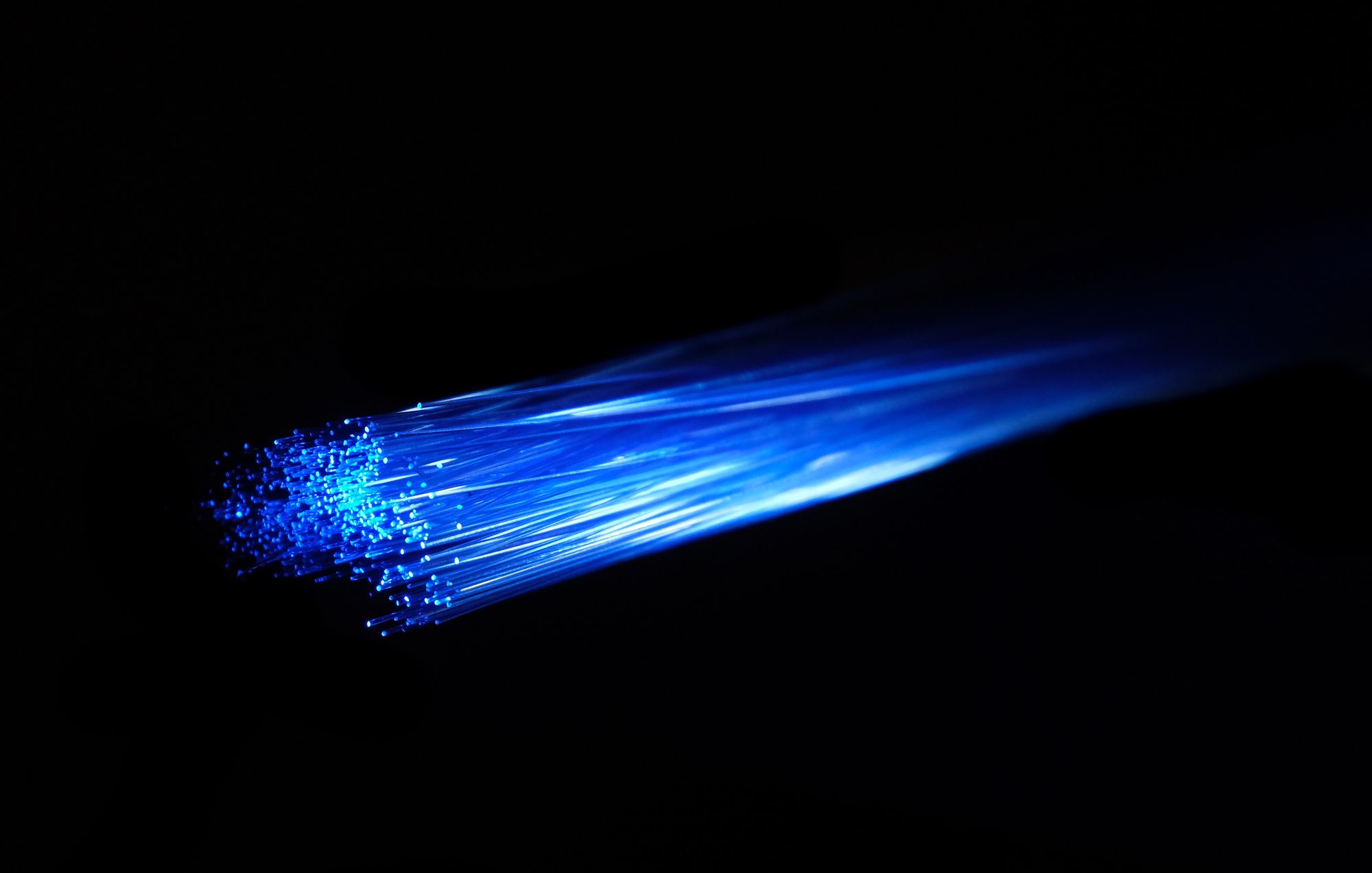
Additionally, I expect that there will also be a formally mandated Request For Proposal (RFI) process to solicit, review, and select one or more entities to spend a big chunk of the $317 million getting the infrastructure in place.
And then, the actual work will need to begin. And be finished.
What Does it All Mean?
Bottom line, I suspect that some, repeat some, of those 69,000 Utah households might begin to be able to tap into a high-speed connection midway through 2025.
And it might be a year or two beyond that; it's hard to know. Yet.
Realistically, the NTIA website says installations will likely take through 2026, if not beyond.
But is it coming? Absolutely.
Which is good, because as we now know ... Broadband Internet Access is NOW a Necessity.
* As reported by The Texas Tribune, 29 March 2023.
AUTHOR'S NOTE NO. 1: $317 million divided by 69,000 households equals an average cost of ~$4,594 to deliver broadband internet access to each Utah household without such access today.
AUTHOR'S NOTE NO. 2: Similarly, $317 million divided by 145,000 Utahns without broadband internet access today equals out to a cost of ~$2,186/per citizen to rectify this problem.
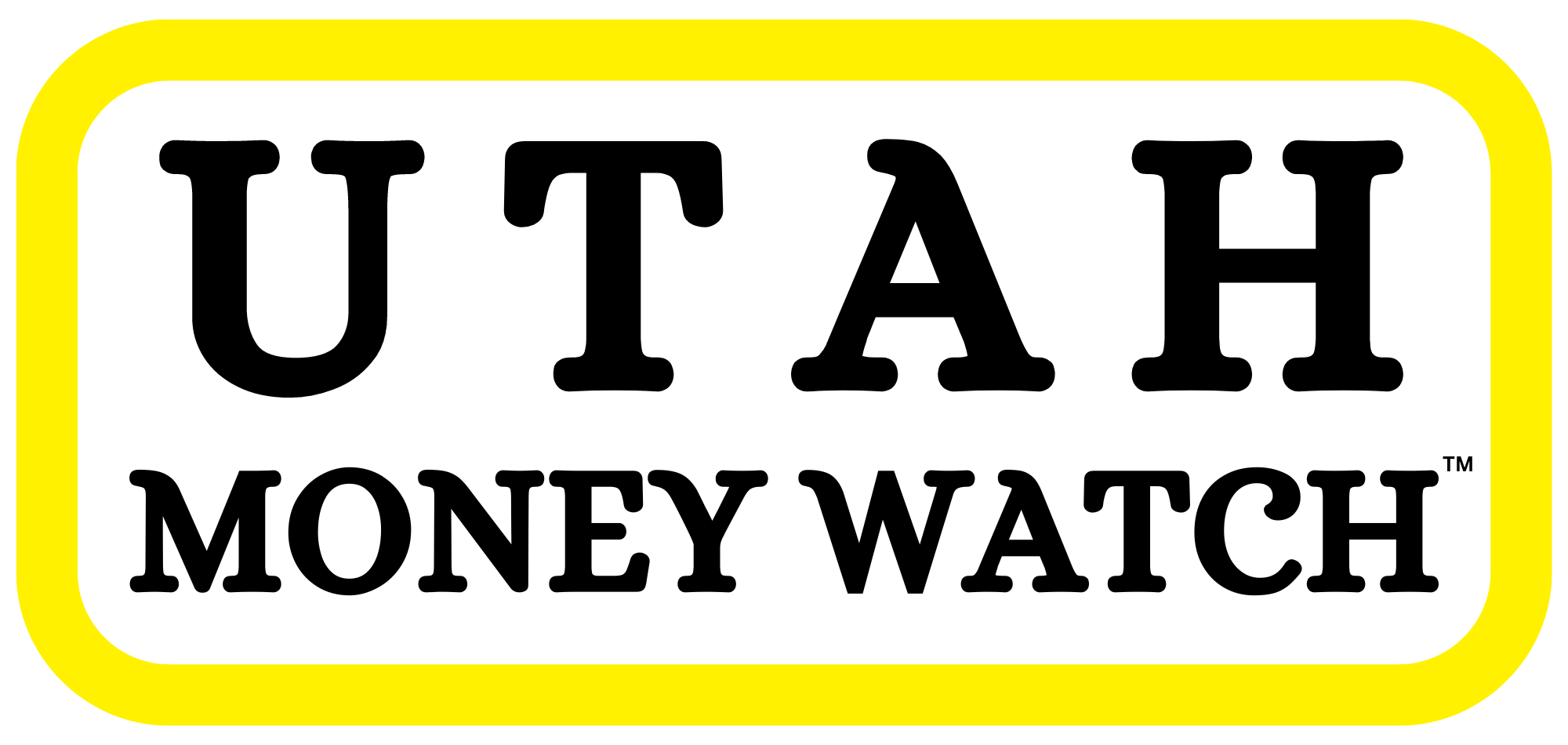



Comments ()